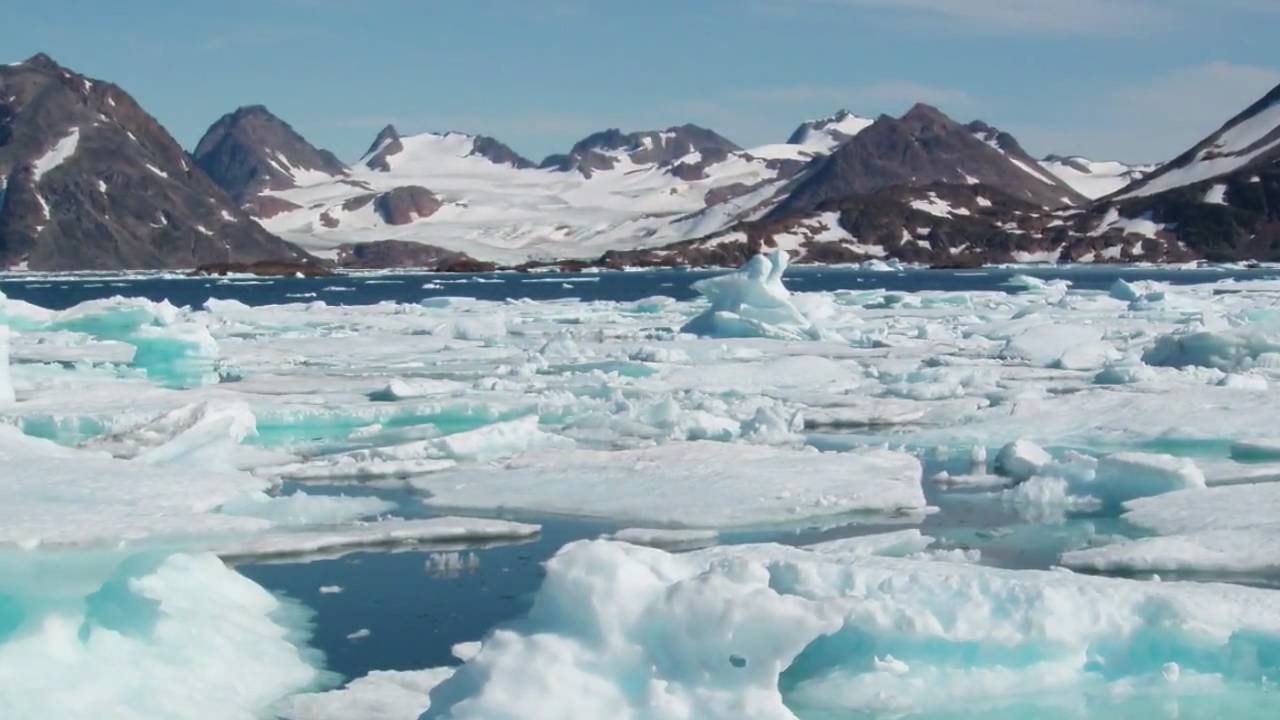
Approximately 300 million years ago, all the continents were joined together in Pangea, before they separated due to the movement of tectonic plates.
Recently, a team of scientists located a submerged microcontinent, called the Davis Strait proto-microcontinent, between Canada and Greenland. This discovery was published in the scientific journal Gondwana Research.
The Davis Strait, located between the west coast of Greenland and Baffin Island, is an ocean passage that connects the Labrador and Baffin Bay seas and has depths ranging from 1,000 to 2,000 meters.
The researchers, including PhD student Luke Longley and Drs Jordan Phethean and Christian Schiffer, identified the geological formation as dating back to the Paleogene period, between 33 and 61 million years ago.
Using maps containing gravity and seismic activity data, scientists were able to reconstruct the geological history of the region and understand the formation process of this microcontinent. This process involves the thinning and rupture of the Earth’s crust, forming continental cracks known as rifts.
The study indicates that Greenland’s separation from the North American Plate began about 118 million years ago, with the proto-microcontinent emerging between 49 and 58 million years ago.
The research highlights that the movement stopped 33 million years ago, when Greenland collided with Ellesmere Island, north of Canada.
This microcontinent has a crust that is 19 to 24 kilometers thick, unlike neighboring areas that are between 15 and 17 kilometers thick. The knowledge generated by this study is crucial for understanding global tectonic dynamics and may help mitigate future geological risks.
Source: https://www.ocafezinho.com/2024/07/11/cientistas-descobrem-continente-capaz-de-engolir-um-pedaco-do-canada/

